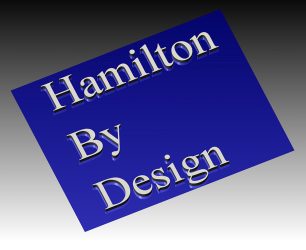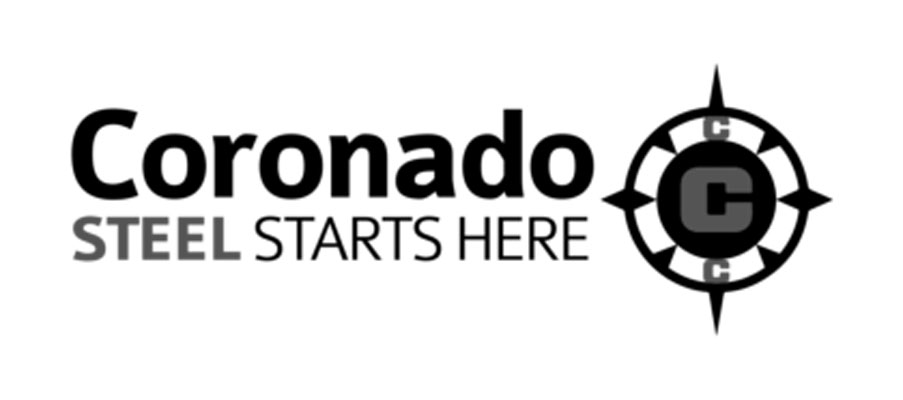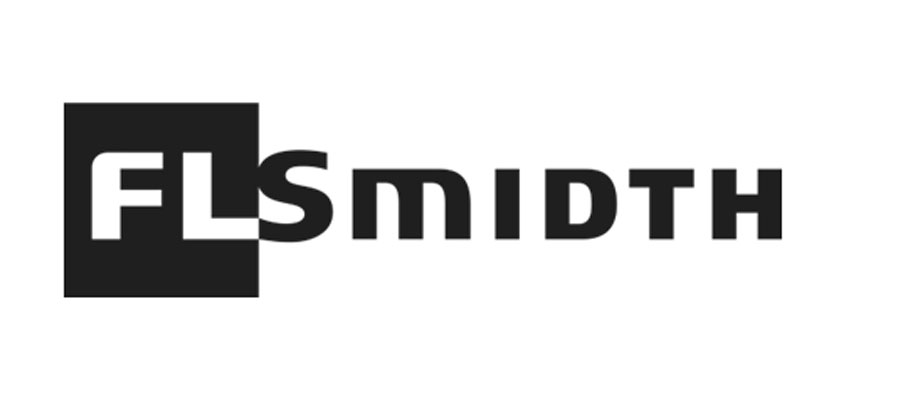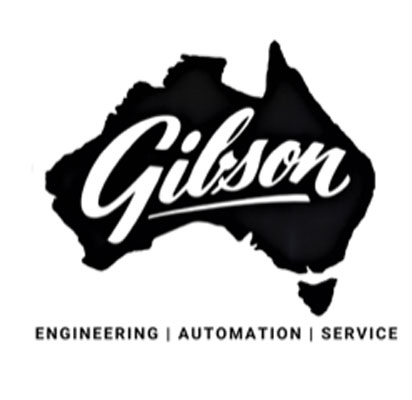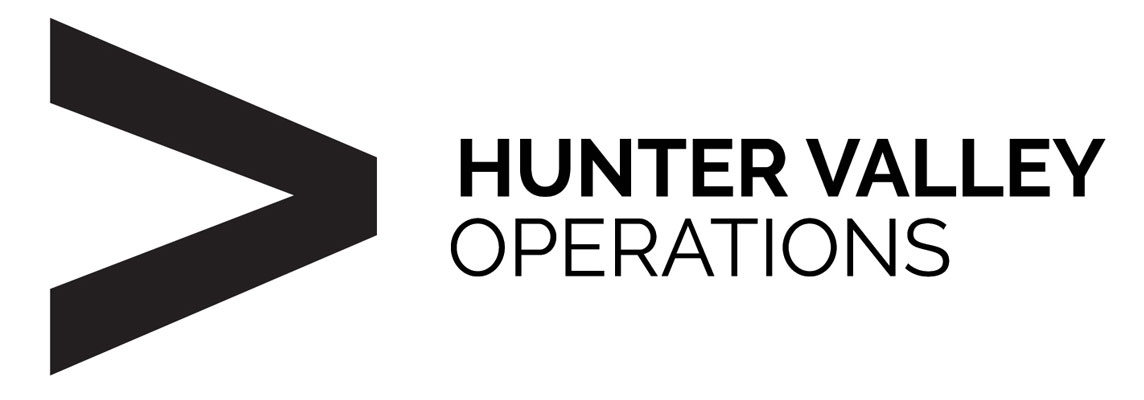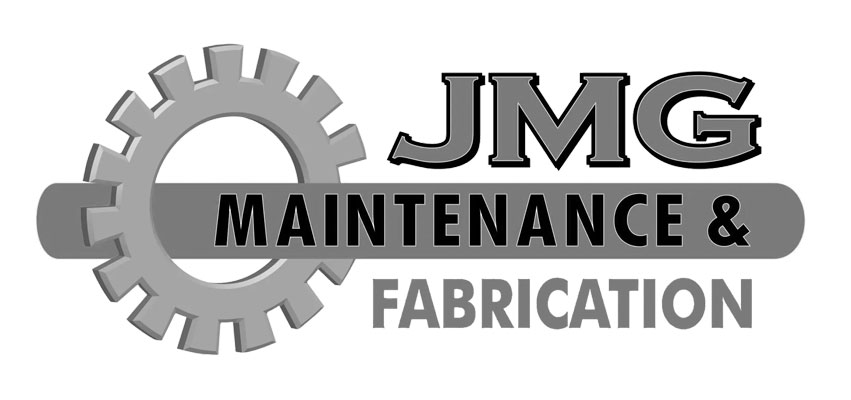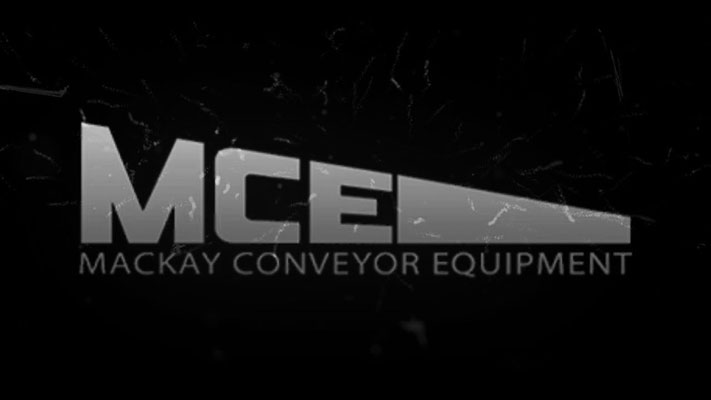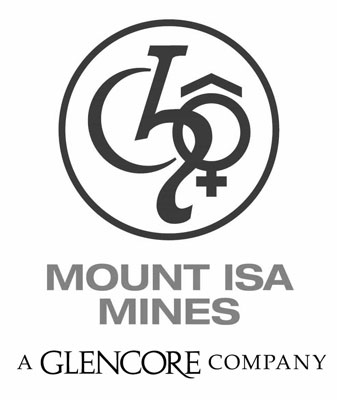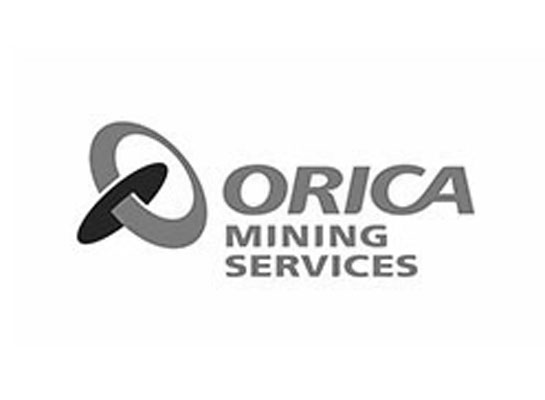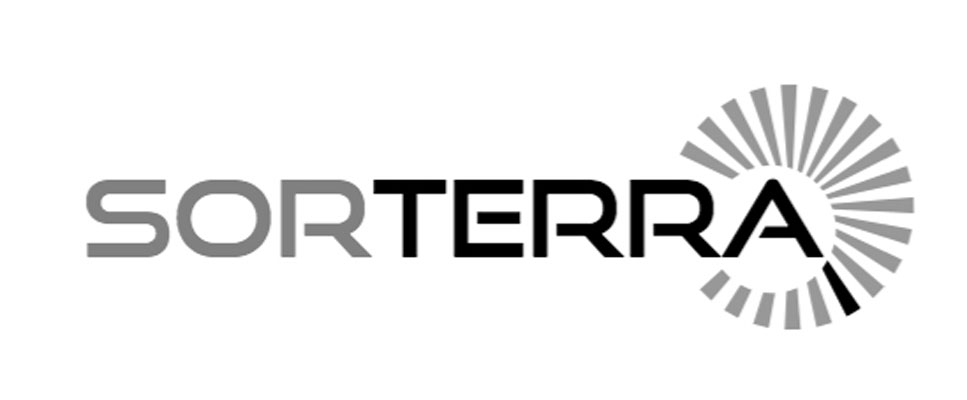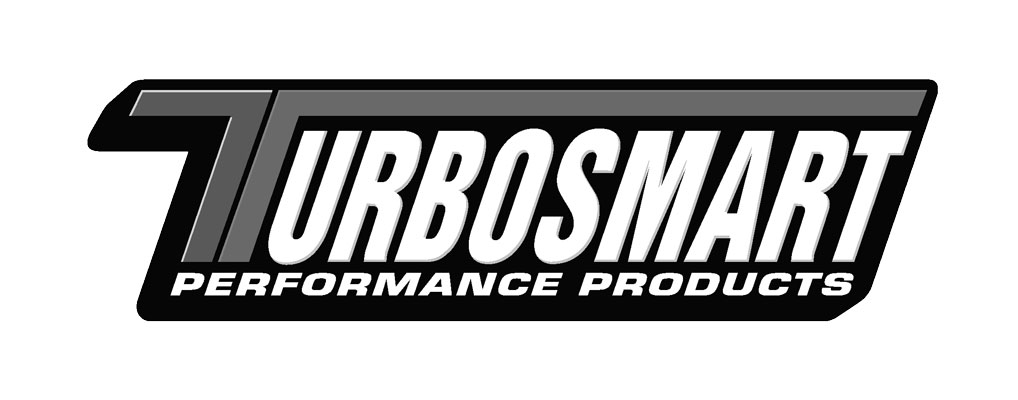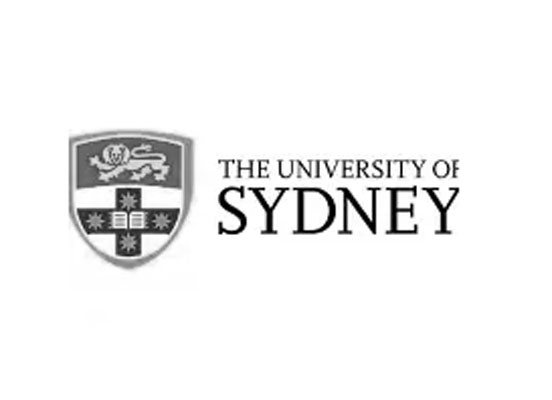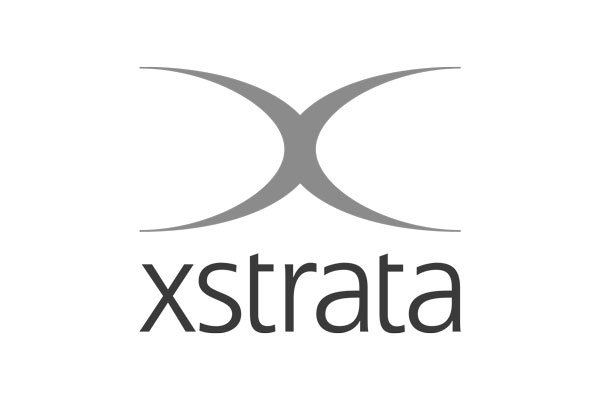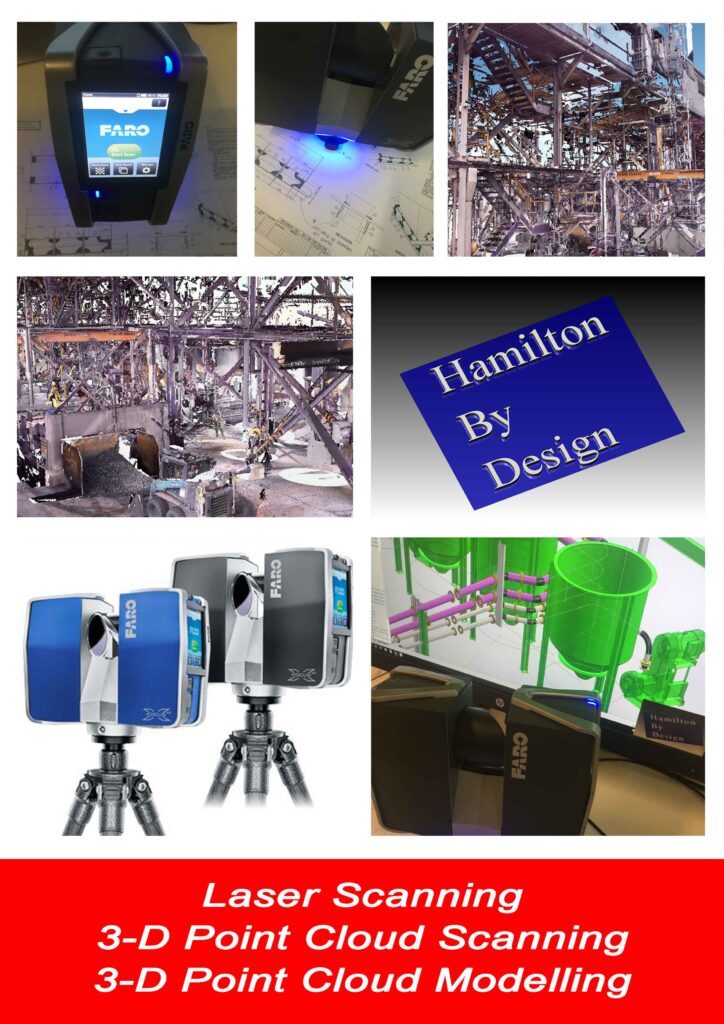Why Engineers, Designers & Project Managers Are Turning to 3D Scanning & CAD Modelling
Why Engineers, Designers & Project Managers Are Turning to 3D Scanning and CAD Modelling
In engineering and fabrication, the margin for error is razor-thin. A few millimetres off can mean costly rework, delays, or worse — safety issues. At Hamilton By Design, we believe the future of precision engineering lies in combining smart data capture with expert design workflows. That’s why more businesses are moving away from guesswork and toward 3D laser scanning and CAD modelling as standard practice.
We’ve put together a detailed overview of our services and methods in a recent blog post that explains how we help industry clients across Australia deliver with confidence.
📌 Read the full post here:
👉 3D Scanning & CAD Modelling Services
🔍 What’s the Big Deal About 3D Scanning?
Traditional site measurements and hand-drawn markups are time-consuming, error-prone, and hard to communicate between disciplines. With 3D laser scanning, we can capture complex geometry quickly and accurately — from plant layouts and piping to structural steel and mobile machinery.
Using FARO laser scanning technology, we generate high-resolution point clouds that form the foundation for everything that follows — whether that’s clash detection, fabrication detailing, or a full digital twin.
It’s fast, accurate, and incredibly efficient — especially on live sites where access is limited and downtime is costly.
🧩 CAD Modelling That Fits — Literally and Logically
Once the scan is complete, our team of experienced mechanical designers converts that data into solid CAD models, tailored to your workflow.
Whether you need:
-
Accurate as-built documentation
-
Reverse-engineered mechanical components
-
Custom fabrication-ready drawings
-
Plant modification layouts
We deliver models that integrate seamlessly with your existing systems — whether you use SolidWorks, Inventor, Revit, or MicroStation.
Our CAD modelling isn’t just visual. It’s functional. It’s engineered for fit, fabrication, and future upgrades.
👷♂️ Real-World Applications Across Industry
Our clients range from mining operations and water utilities to fabrication shops and site-based engineering firms. In all cases, the common problem is the same: they need to understand what’s really there before they design what comes next.
Some recent use cases include:
-
Replacing worn mechanical components with no existing drawings
-
Planning plant upgrades where outdated PDFs weren’t reliable
-
Creating fabrication models from legacy assets
-
Capturing geometry for safety reviews and clearances
If your team still relies on measurements taken with a tape measure or outdated hand sketches, there’s a better way.
Don’t Guess. Scan. Model. Deliver.
At Hamilton By Design, we’ve been providing CAD modelling since 2001, and offering 3D scanning since 2017. We’ve built our reputation on doing it right the first time — with engineering logic, practical experience, and technology that works.
If you want to understand how 3D laser scanning and CAD modelling can reduce risk and deliver better results, we invite you to read our full blog post:
3D Scanning & CAD Modelling Services
Let’s take the guesswork out of your next project.
Mechanical Engineering | Structural Engineering
Mechanical Drafting | Structural Drafting
3D CAD Modelling | 3D Scanning
www.hamiltonbydesign.com.au
Our clients:
